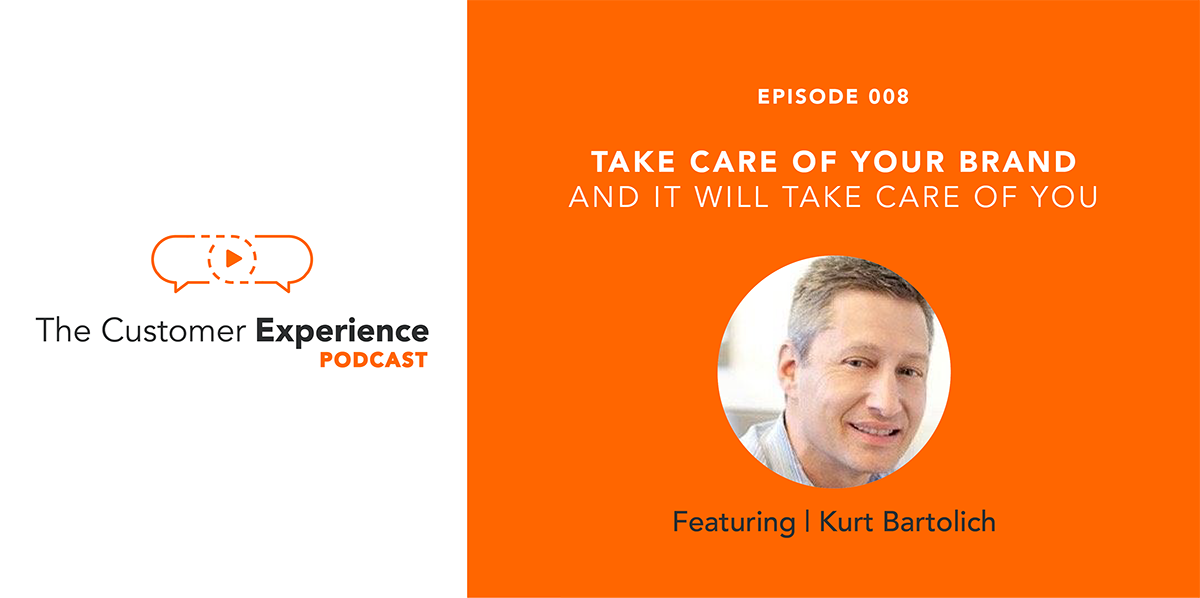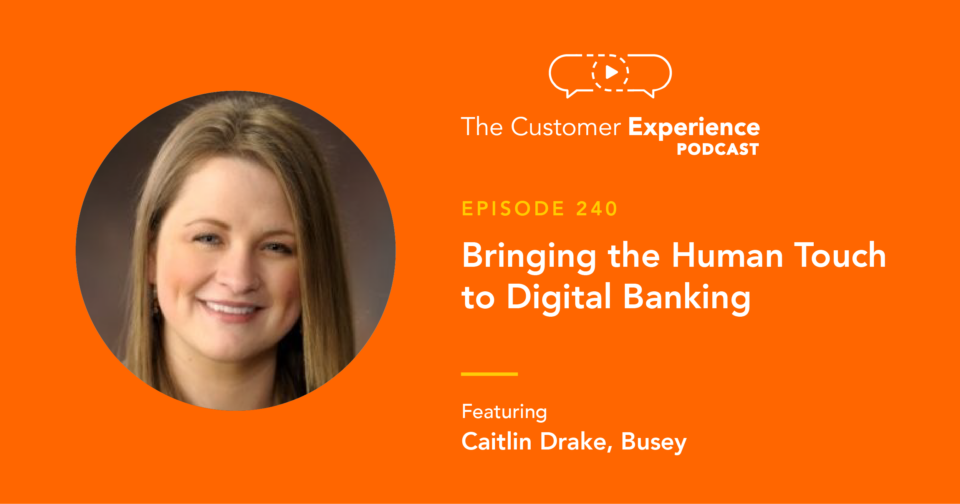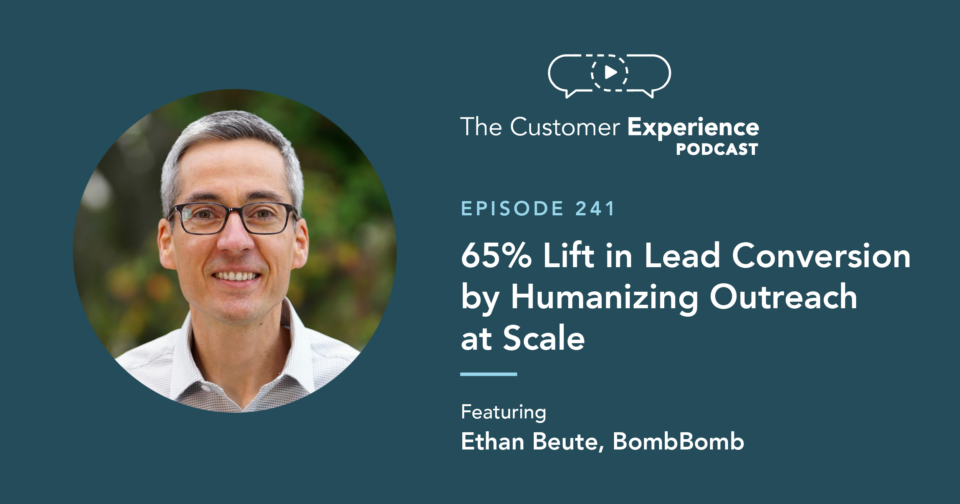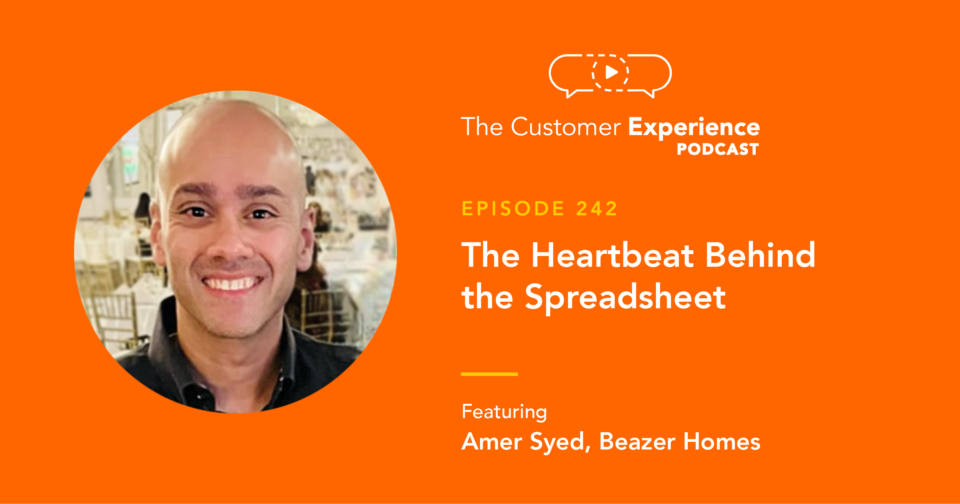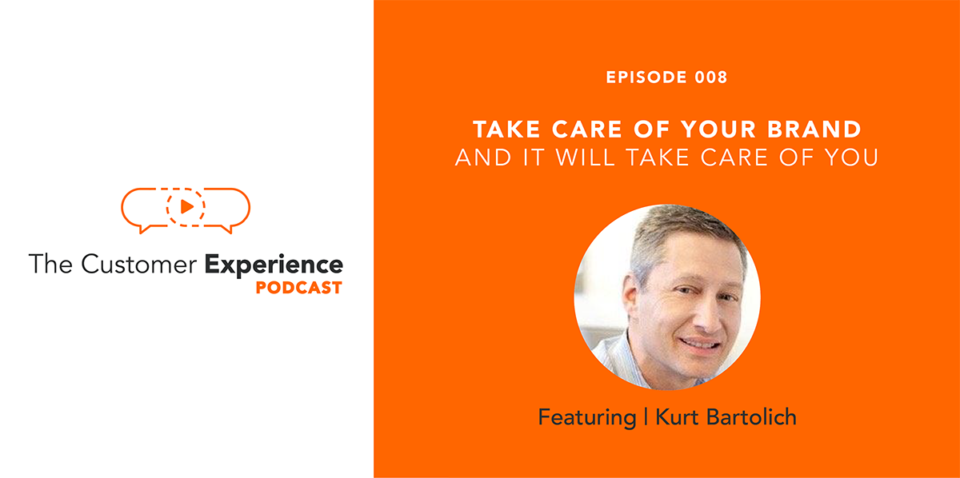
“With any brand that you frequent, that you’re fond of, or that you use, there’s been a journey of some kind,” says Kurt Bartolich, the founder of GUTS Branding, and the author of the brand conservancy book You Can’t Ride Two Horses With One Ass.
Whether your company offers an active (Build-A-Bear) or passive (Southwest Airlines) customer experience, there are some basic branding truths that successful companies observe.
Unfortunately, many businesses build their consumer experiences backward and take people on a less than ideal journey.
When most business people think about a brand or about branding, they think about brand building. But there’s a relationship between brand, experience, and journey that’s easy to lose sight of.
Kurt’s an expert in marketing research, brand research, and brand conservancy; he’ll help show us the way to better customer experience through a brand filter.
When You Take Care of Your Brand, It’ll Take Care of You and Your Business
The Customer Experience Podcast is available in Apple Podcasts, Spotify, Google Play, and Stitcher. It’s also embedded in related blog posts like this one.
Hear the entire conversation with Kurt Bartolich right here …
Listen to “8. Take Care of Your Brand and It Will Take Care of You w/ Kurt Bartolich” on Spreaker.
Set Yourself Apart
Most professional have an answer to the question “What is a brand?” But there are nearly as many answers as there are people you ask.
But the number one thing that consumers said when asked to define a brand involved a covenant of trust.
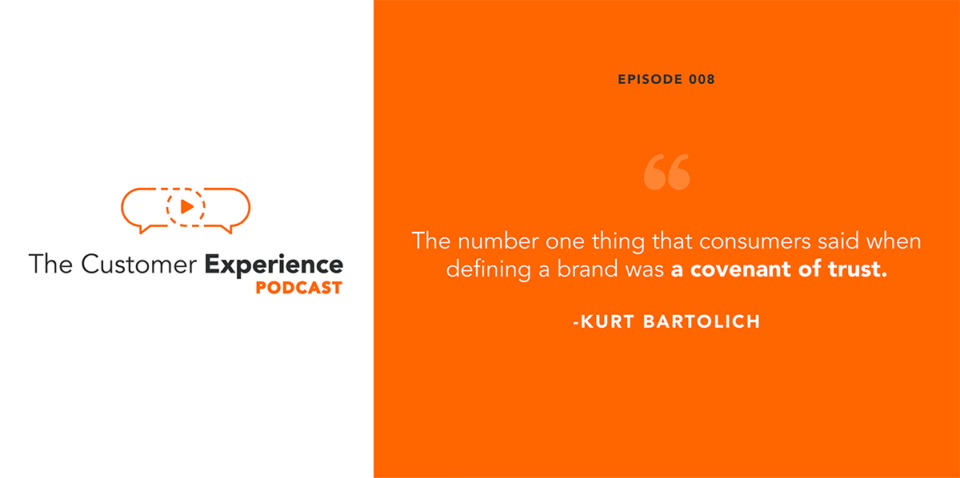
How you build trust is through consistency and delivering upon that expectation.
“You know, the old saying, ‘perception is the reality,’ right?” asks Bartolich. “If I’ve got a new client I always ask them, ‘what’s your definition of a brand?’ So many companies are fairly consistent internally when I talk about this, but their actions speak differently.”
Though trust is an important part of how a brand is defined today, Kurt defines trust as the reason that someone chooses your business, organization, products, or services over any other option. That’s also intrinsically linked to the experience that you create.
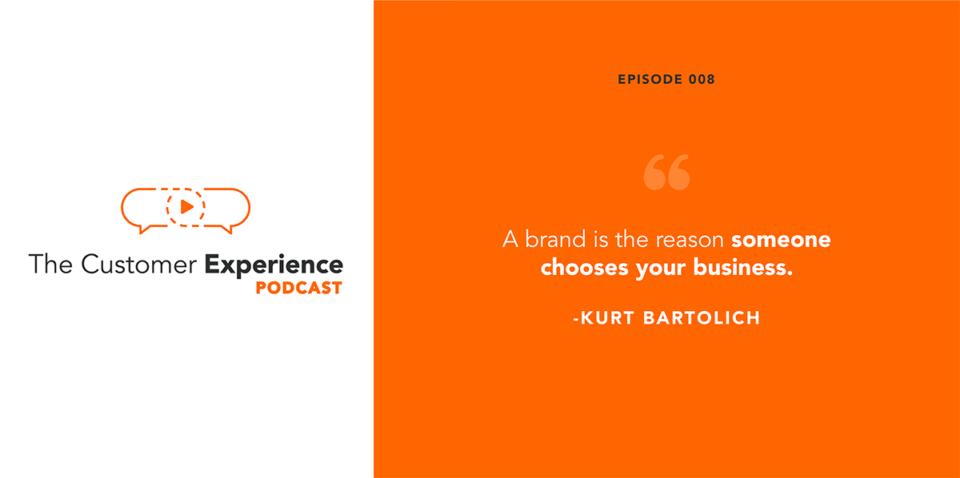
If you can define and clarify that experience, that’s a pretty good definition of your brand.
Kurt explains the relationships between trust, brand, and experience in this short video clip …
Perception is Everything
Many companies ask:
- What do people like about us?
- What is unique about us?
- What are we doing really well?
- How are we known?
- How are we differentiated?
- What is our unique value?
Really good brand research isn’t about feedback on logos and slogans. It’s rooted in the mental gap between what your company wants to be and what your consumers need you to be. It’s about understanding what perceptive gaps can you close or what mental gaps you can occupy.
“Let me give you an actual example,” says Bartolich. “I worked in biomedical research doing brand positioning. The organization wanted to cure cancer, heart disease, all these different things. This is a wonderful vision and goal, but it’s not necessarily realistic. So I asked the CEO, ‘When’s the last disease we actually cured domestically?’ And it was polio in the 1950s.
“We went out and talked to their consumers, asking why they supported biomedical research. They weren’t the Pollyanna reasons like cancer cures. They wanted the everyday things that can make life better. It’s that kind of a disconnect that I see far too often.”
Really understanding those gaps, how you see yourself versus how your consumers and prospects see you, can help bridge strategies and tactics to cover them.
Many companies and organizations either don’t embrace research, take an inside point of view, or they do the research themselves. This is kind of like doing your own financial planning or diagnosing your own illnesses. You need experts to do that work.
Here’s another error companies often make with brand research …
Protect Your Core
Another thing businesses often overlook is the importance of protecting their core. Far too many brands expand too quickly. They don’t have any guardrails in place that help protect that brand.
Ultimately the consumer owns the brand because they’re going to define how they perceive it. Anybody who doesn’t believe that is setting themselves up for failure.
Walmart founder Sam Walton once said, “The only person who can fire me is my customer.” Every brand needs to find a way to continue to stay relevant and to grow and to engage.
Taking a Conservancy Mindset
You have to keep your brand true to how your customers perceive your brand.
For example, for many years Olive Garden kept expanding its menu. It got bigger and bigger and it kept building and building and lost its way. When the new CEO took over, the first thing he did was get back to the basics. He shrank their menu down to great sauce, great pasta, and great meat.
Conservancy doesn’t mean you’re not moving forward. In fact, in a world in which we have so many brands and so many categories, with new ones emerging every day, it’s better to keep it focused and go deeper with your brand, not wider.
There’s another aspect to brain conservancy. It’s about protecting authenticity.
A lot of brands think that mass availability equals mass consumption. And that’s not always true. Sometimes creating a little mystique is a very effective tool to building a successful brand.
Branding That’s “Just Plane Smart”
Bartolich dares anybody to argue that Southwest Airlines is not a great brand. “They don’t nickel and dime you. They take themselves seriously, but they poke fun at themselves. They create a wonderful end-to-end experience.
“A colleague of mine was on a Southwest flight. The flight attendant got on the PA and said, ‘We have a young girl celebrating her fifth birthday. Unfortunately we don’t have a cake on board, but you can help her blow out her candles.’ She had everybody turn on their overhead reading light, and then she dimmed all the cabin lights. They brought the birthday girl up to the front of the plane and had her ‘blow out the candles.’ Every person, all the way from the front of the plane to the back of the plane turned off their overhead lights as she blew.
“They’re the hero airline. That’s how I define their brand.”
Bartolich recommends you read how Southwest created that experience, how they operationalize it, and have done it in a very authentic way. “They are a great case study.”
This post is based on an interview with Kurt Bartolich, founder of brand development and research firm of Guts Branding.
To hear this episode, and many more like it, please subscribe to The Customer Experience Podcast.
If you don’t use Apple Podcasts, you can listen to episodes here:
Coming Soon To The Customer Experience Podcast
- Branding expert David Brier
- Customer experience experts like Joey Coleman (Never Lose a Customer Again) and David Avrin (Why Customers Leave)
- Customer Success professional Nick Hart (Outreach.io)
- Marketing leader Samantha Stone (Unleash Possible)
- Sales leaders like Jeremy Donovan (SalesLoft) and Charles Green (Trusted Advisor)
Support The Podcast In Under One Minute
Subscriptions, ratings, and reviews in Apple Podcasts are critical to a podcast’s success.
If you enjoyed this conversation with Kurt and want to hear from the upcoming guests listed above, take a minute right now and …
1. Go to The Customer Experience Podcast in Apple Podcasts
2. Subscribe or
3. Give a rating or
4. Write a short review
A minute of your time really helps the podcast!
Give someone a deeper and better reason to choose you and your brand by getting face to face.
Send simple, personal videos to the people who matter most to your business – in any email, text message, or social message you send.
It’s easy to do once you know how to do it.


